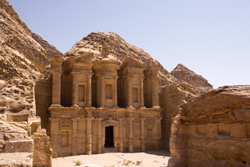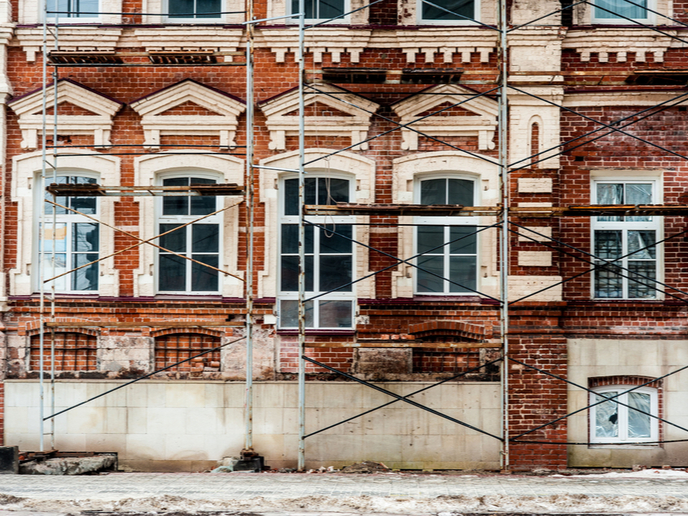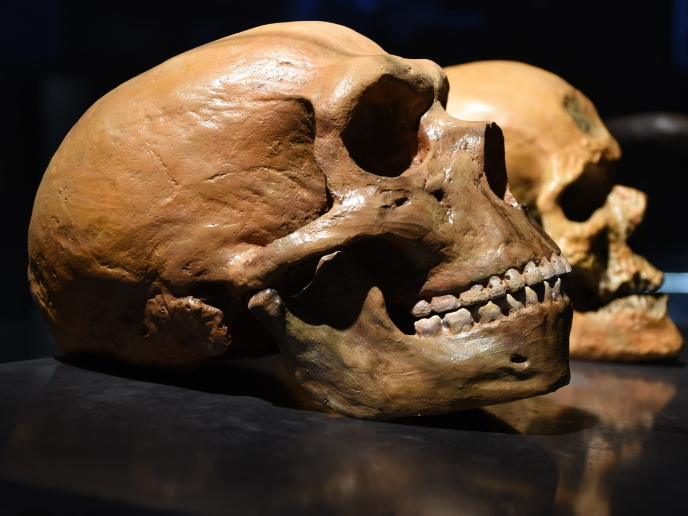Dating historical earthquakes for future visualisation
The Middle East is characterised as the birthplace of civilisation. Our most ancient cultures stem from this region. Ancient cities, fortresses and other historical archaeological sites festoon the region, giving us more than just a casual glance into who we once were. This heritage however, exists in an active earthquake region, and an EC funded project, APAME sought to develop methods to investigate its history. One such method is radiocarbon dating of archaeological sites, conducted in an effort to interpret data collected on historical seismic events. Thirty eight samples were analysed in Jordan originating from such sites as Deir-al-Achayer, Jarmaq, and Rachaya. The samples were used in order to provide age boundaries to faulting episodes. At the Rachaya site two events were determined, one as far back as the Holocene period, and another - the most recent event - from the well known 1759 earthquake. Additional analysis at various sites in Turkey, Syria, and Lebanon also confirmed the viability of radiocarbon dating. The process not only helps to confirm seismic events, but also assists in building a "map" of such instances that when compiled, help scientists achieve a fuller, more comprehensive understanding of faulting behaviour in the region. The results are currently stored in the Catalogue of Historical Earthquakes according to time and latitude of occurrence. This provides a strong means by which visualisation of earthquake recurrence can be attained.






